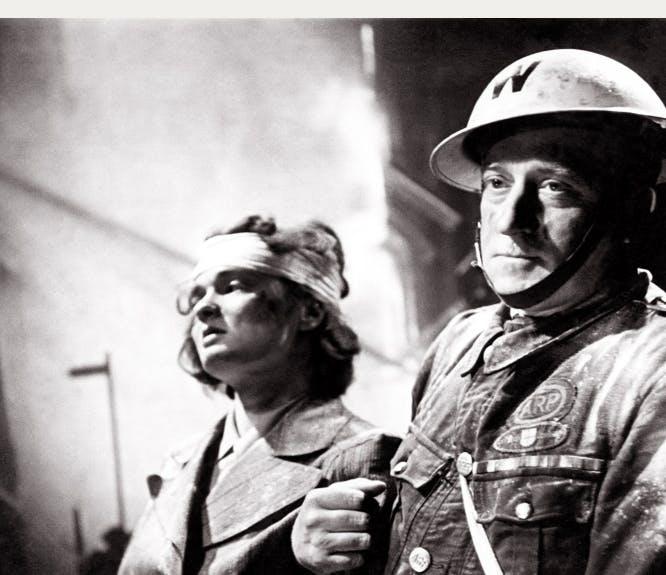7 resources for finding American military heroes in your family tree
3-4 minute read
By The Findmypast Team | May 22, 2020
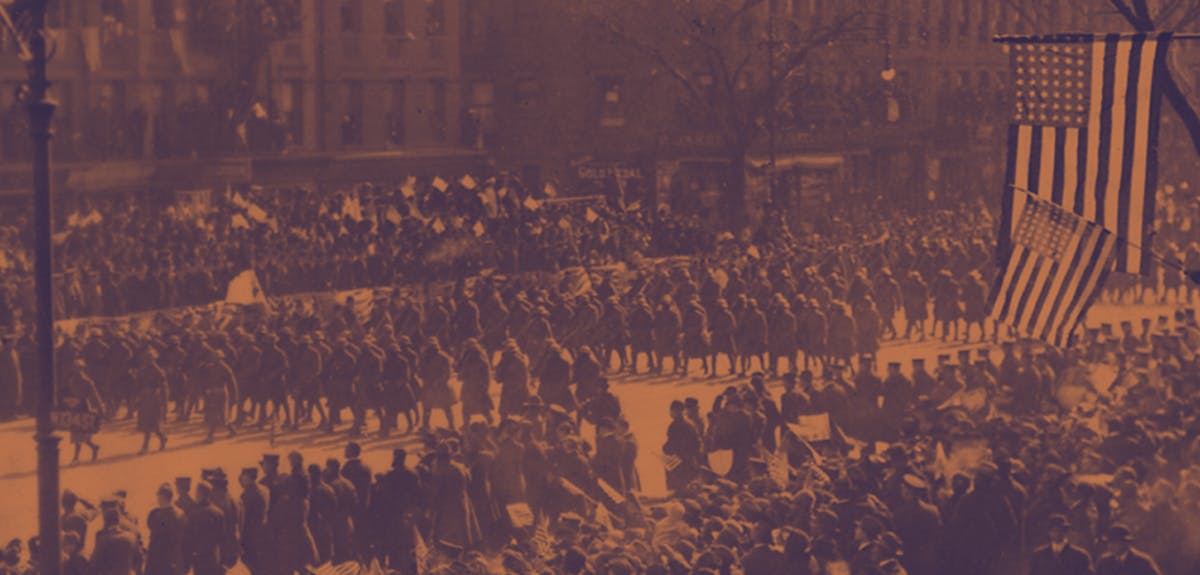
If you have an ancestor who served in the US military, you can discover their remarkable stories in our extensive record collections.
Our family heroes' stories deserve to be discovered, their memories honored and their legacies preserved forever. From the War of Independence through to both World Wars and beyond, America's tumultuous military history has left behind family records that can help you trace the lives of brave service veterans.
When it comes to discovering ancestors who defended America, here are some of the best resources you should be exploring.
1. Pension files
One great place to look for information about soldiers and sailors is through pension files, especially for the American Civil War. State and federal governments often granted pensions to veterans or widows of the deceased. Land was also used as a pension, particularly from 1870 - 1900.
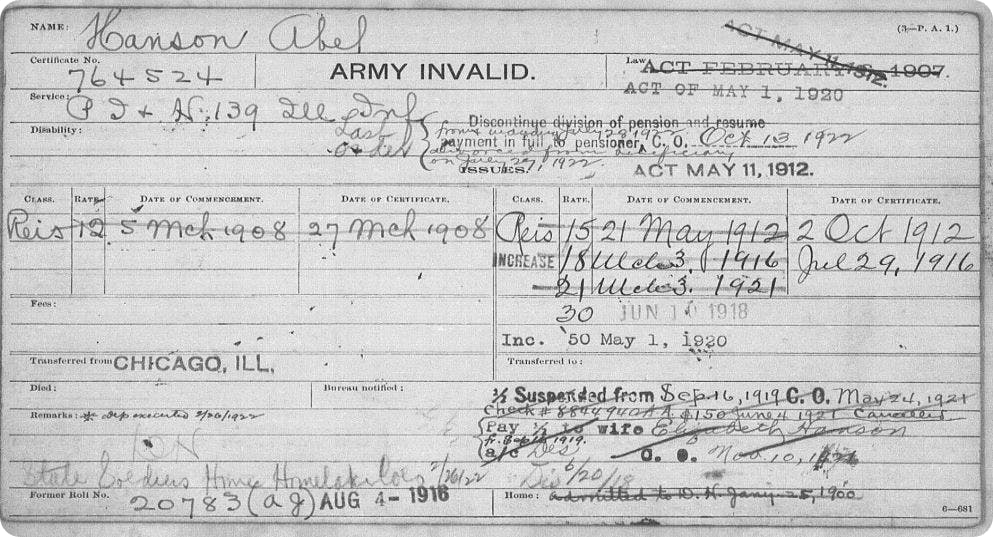
An extract from our Veterans Administration pension payment cards, 1907-1933.
The amount of detail can vary widely, but many pension records have a wealth of information not found in other areas. It is important to note, however, not every veteran received or applied for a pension. If your ancestor died in service, this doesn't mean there wasn't a pension filed. Widows often applied for pensions for themselves and their dependent children. In the case of someone who died unmarried, one can often find pension applications from the parents.
2. Service records
Service records from World War 1 onwards can provide you with basic biographical information about your ancestor but are most valuable for their information on military service. Each record may include your ancestor's rank, unit, date service began, date service ended, and possibly citations received in the line of duty. Armed with that information, one can go looking for more details.
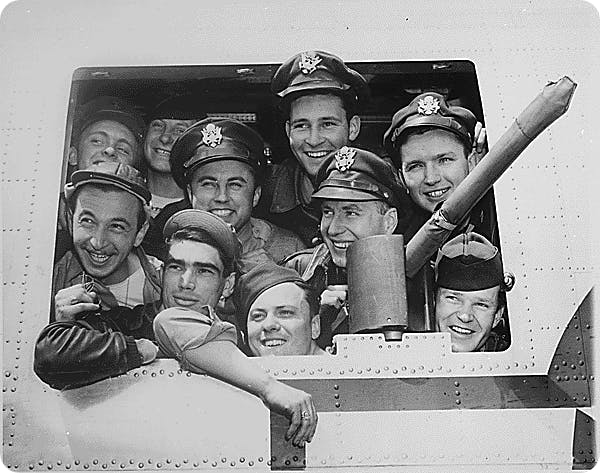
Looking for unit histories throughout American history or official documents about the movements of the unit on the date in question can shed immense light and provide additional clues on the nature of your ancestor's service. Depending on the period, service records can be found at the US National Archives and Records Administration. For pre-20th-century conflicts, you can often find published works as well.
3. National Personnel Records Center
This branch of the National Archives holds very valuable information for men and women who served in the military, as well as in civil service to the government of the United States. Unfortunately, a 1973 fire at the facility saw massive destruction of records, with 80% of the records of Army personnel discharged between 1912 and 1959 destroyed, along with 75% of the Air Force records for service between 1947 and 1963 showing surnames after Hubbard. That said, other records did survive. One of these record sets is information on the transport of the bodies of those killed in service back to their homes.
4. United States Army Enlistment Register
Including information such as when troops enlisted, when they were discharged, and physical descriptions, the United States Army Enlistment Register is a must-utilize first stop in the discovery of your US Army ancestor.
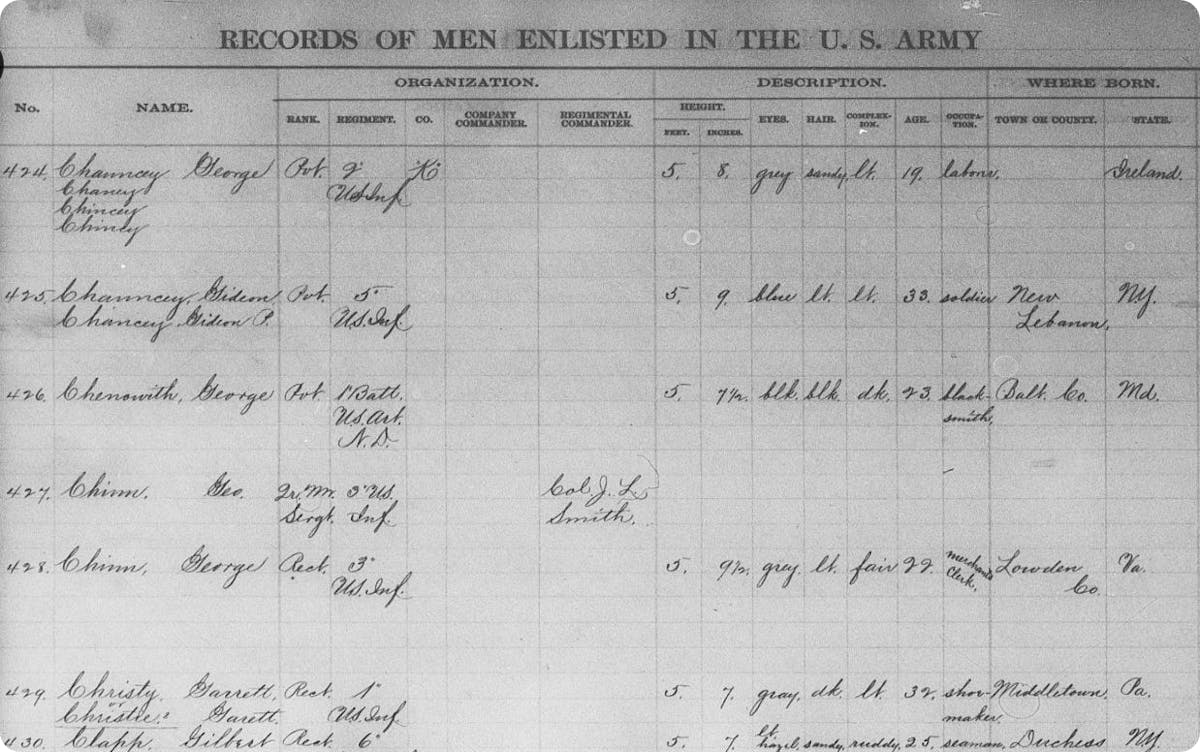
Starting in 1798, the registers cover nearly two centuries of individuals.
5. Global Efforts During World War 2
The combined Allied Forces during World War 2 made an irrevocable mark on history, and thousands of American men and women were involved in this effort. Findmypast has curated a collection covering 15 million records from all Allied Forces. Service records, draft registrations, enlistment records, casualty lists, cemetery indexes and much more can be discovered throughout the period, starting in 1939, through America’s joining of the Allies in 1941, and to the conclusion of the war.
6. American Battle Monuments Commission
More than 218,000 American service members who were killed overseas were never returned home. Their remains are buried or memorialized in cemeteries around the globe. The American Battle Monuments Commission overseas is a database online of those interred and memorialized in ABMC facilities. Where possible, it includes the rank and branch of service, the unit, place of entering service, the conflict, the date of death, and where he or she was buried. It contains the exact information needed to locate the grave within the cemetery as well. Direct family members can also order lithographs of the gravestone or memorial tablet as well.
7. Newspapers
Once you have some details about the rank and unit of your American military ancestor, make sure to check the newspaper archives for more information on them. Here you could find accounts of battles they participated in from the unique perspective of that time. Names were typically only mentioned in local newspapers if someone from the community was killed. But if this did occur, make sure to research thoroughly - there is often vivid detail in these papers.
Taking the time to research your military ancestor can be very meaningful in your family history. Explore military records on Findmypast from around the globe to get you started, and use the resources listed here to dig even deeper.

